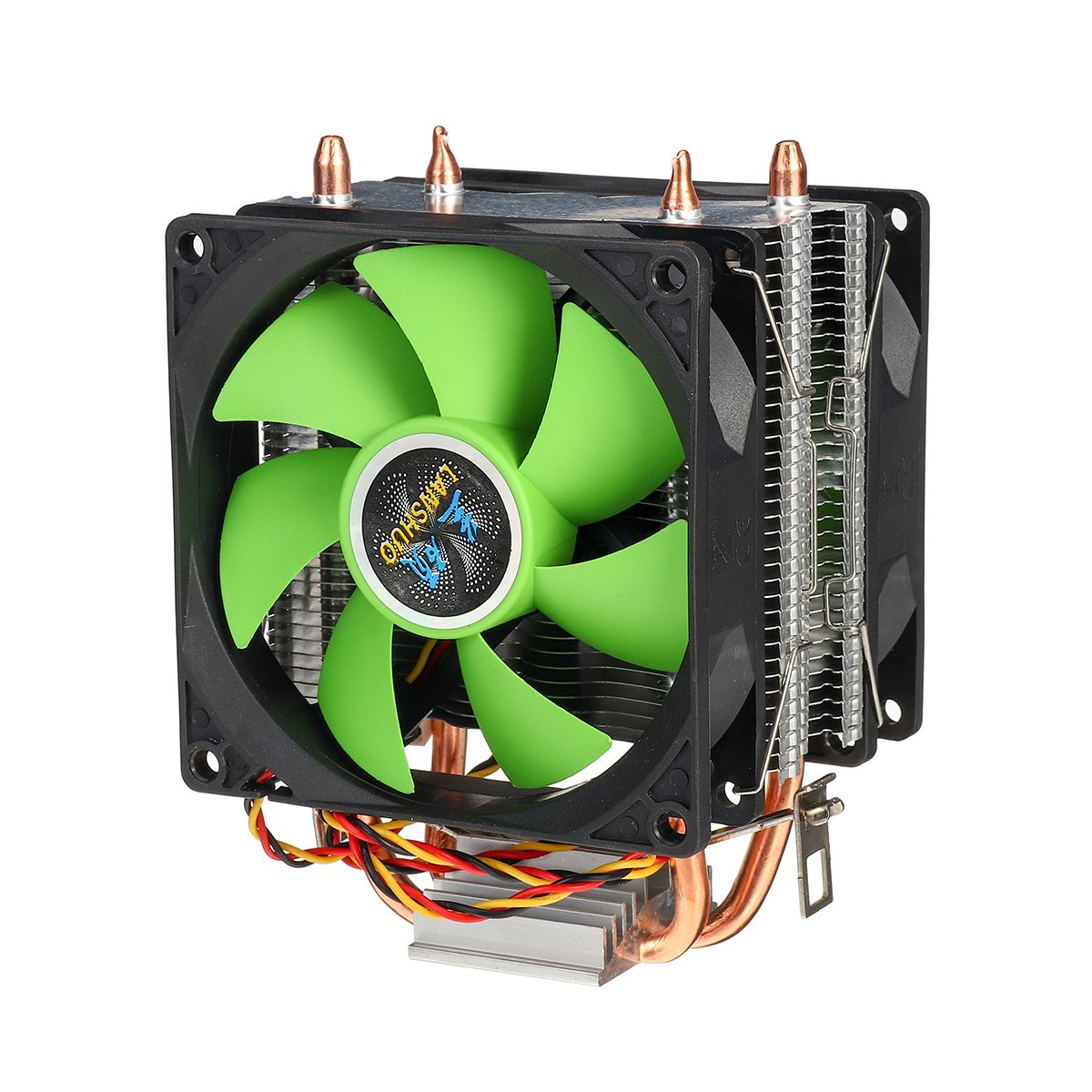

Slim models are available if you have little space to work with. You can do this by opening up the tower or wherever the fan will be installed and measuring the area with a ruler.Īs long as the fan fits within those measurements, you should be able to install it. It's more important to know what size will fit in your individual computer. Size is usually relative to the TDP rating, but not always. What fan sizes are available?įans come in many different sizes from a few inches to more than 1 foot in length.

The socket type will usually be listed near the hardware area, or you can check the manufacturer's website to see what type of socket the processor uses. Make sure that the fan works with the type of socket on your motherboard. For example, AM2 and AM3 socket sizes are relatively common with this brand, but other brands might use other socket measurements. Some CPU coolers are universal, meaning that they can work with any socket, while others must be paired with a specific socket. You can find the TDP rating by looking through the hardware's owners guide, or you can check the manufacturer's website for more information. You must get a fan that meets or exceeds the TDP value of your processor. Every processor has a Thermal Design Power (TDP) rating that measures how much heat the hardware produces. This hardware will release heat as it works. The answer to that question is dependent on the type of hardware that you are using. Here is everything you need to know about CPU coolers to make an informed buying decision. Since this hardware is prone to heating up while in use, you need to use a CPU fan or heatsink to reduce the heat to nominal levels. Everything You Need to Know About AMD CPU FansĪMD has been producing hardware like CPUs for years, so there are many computers with these processors in them.


 0 kommentar(er)
0 kommentar(er)
